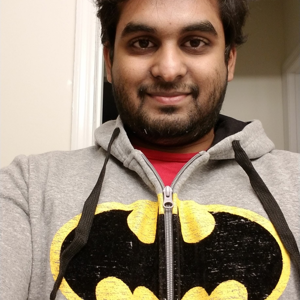Hi @santoshkumar Bangaru Greetings! Welcome to Microsoft Q&A forum. Thank you for posting this question here.
To achieve your use case, you would first need to get the data from your KepserverEX to Azure IoT Hub. You can do this by creating an MQTT client on KepserverEX and transmit the data to a device on Azure IoT Hub. Here are two resources that will help you with the configuration steps needed to achieve this.
- Configure KEPServerEX MQTT Client Agent to connect to Azure IoT Hub
- Azure IoT Edge - How to connect PTC/Kepware's KEPServerEX
You can use either of the above two resources based on whether you want to use an IoT Edge device or not. Once you have the data flowing into IoT Hub, you can follow the steps in the article Ingest IoT Hub telemetry into Azure Digital Twins to get the data flowing into Azure Digital Twins.
Please make sure to create a model that suits your telemetry needs when creating an Azure digital Twin.
A side note that Azure digital twins is meant to be used for a lot more that storing data and analytics. It enables the creation of twin graphs based on digital models of entire environments, which could be buildings, factories, farms, energy networks, railways, stadiums, and more—even entire cities. These digital models can be used to gain insights that drive better products, optimized operations, reduced costs, and breakthrough customer experiences.
If storing data and analyzing it is all you would need, you might consider using other approaches such as Azure stream analytics or Databricks. Please find this article Analyze and visualize your IoT data which provides different analytics approaches available with IoT Hub.
I understand that the above details shared will just provide an overview on how to achieve this and they are lot of configurations and steps involved. I highly recommend opening a new question if you face any challenges with the implementation. This will help us keep a better track of the solutions shared on the platform.
Hope this helps. Please let us know if you have any questions or need further clarification on the approach shared above.
If the response helped, please do click Accept Answer and Yes for the answer provided. Doing so would help other community members with similar issue identify the solution. I highly appreciate your contribution to the community.
